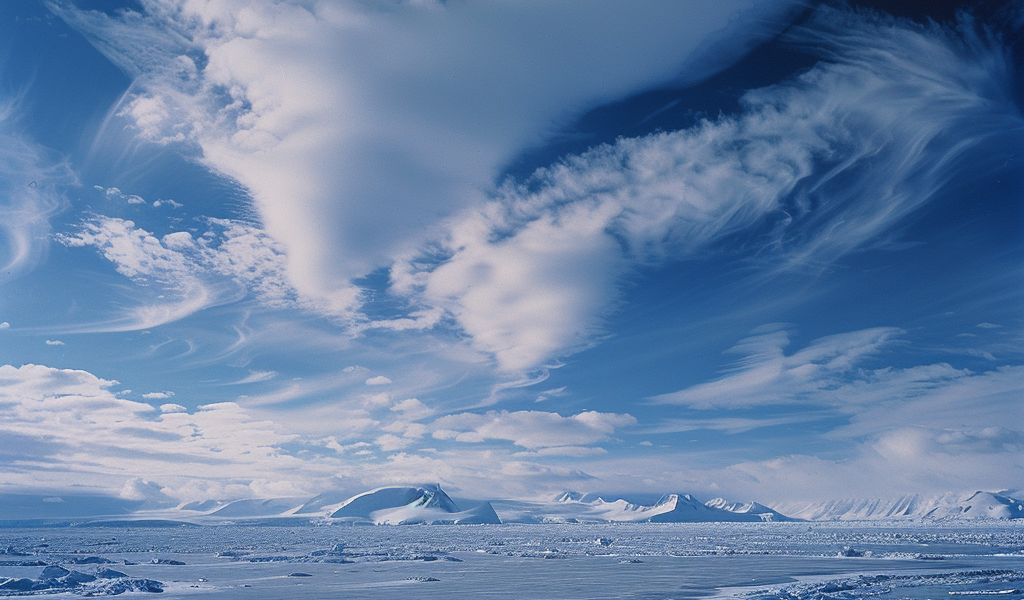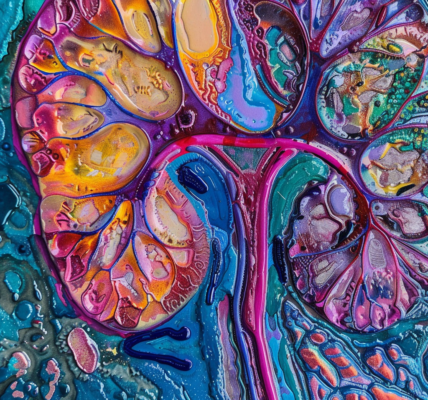The ozone layer, a crucial shield protecting life on Earth from harmful ultraviolet rays, is once again facing a crisis. Decades after the discovery of the ozone hole in the 1980s, human-made chemicals continue to threaten this vital atmospheric layer.
In a landmark discovery in the 1980s, scientists in Antarctica identified a hole in the ozone layer caused by the release of chlorofluorocarbons (CFCs) into the atmosphere. These chemicals, commonly used in refrigerants, were found to be destroying ozone molecules, leaving a gap in the protective layer.
Responding to this environmental threat, the world came together in 1987 to sign the Montreal Protocol, a treaty aimed at phasing out ozone-depleting chemicals. This agreement has been hailed as one of the most successful environmental treaties in history.
Despite significant progress in reducing ozone-depleting substances over the years, recent research indicates a concerning trend. Scientists monitoring the ozone layer have observed a persistent hole over Antarctica, caused by chemical reactions in extreme cold temperatures and high atmospheric clouds.
Unlike the usual pattern where the ozone hole closes by September or October, in recent years, it has lingered until December, exposing vulnerable plant and animal life to increased ultraviolet radiation.
While the ozone layer has shown signs of recovery, with concentrations of ozone-depleting substances returning to 1980 levels in 2022, the recurring hole over Antarctica serves as a stark reminder of the ongoing threat to this vital atmospheric shield.
As the international community grapples with the challenge of preserving the ozone layer, continued vigilance and efforts to curb harmful chemical emissions remain crucial in safeguarding the health of our planet and all its inhabitants.





